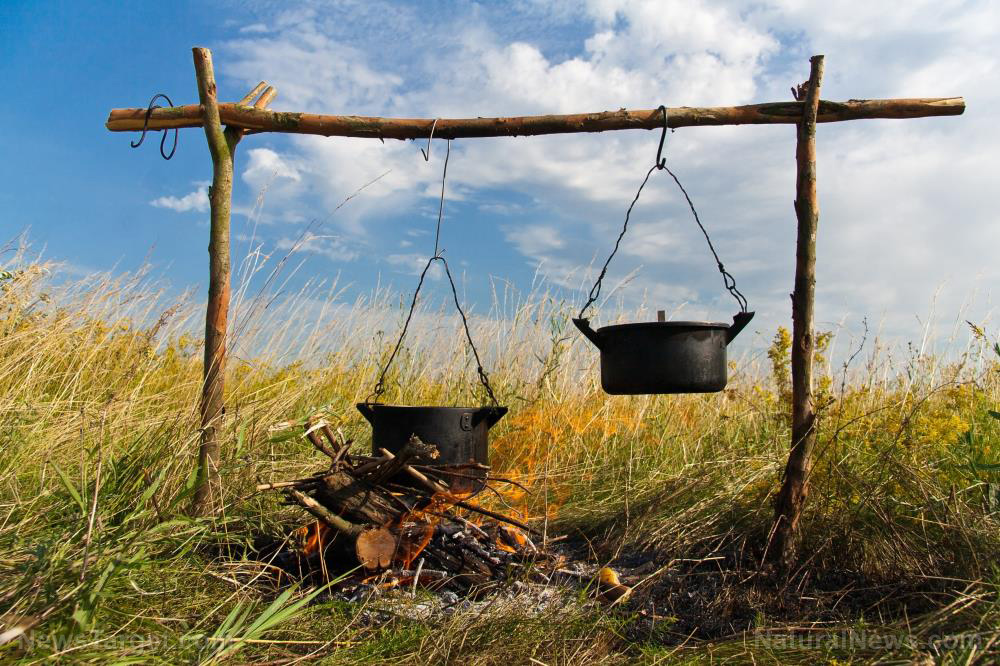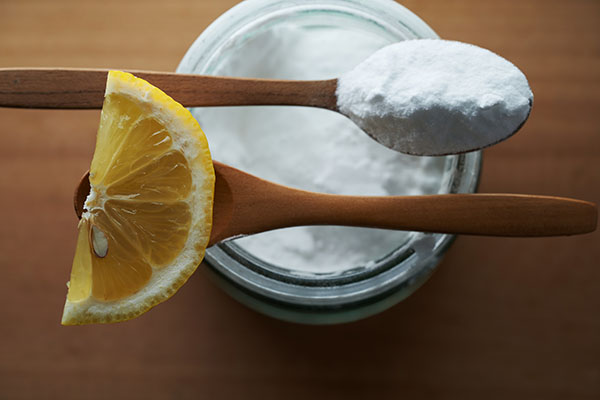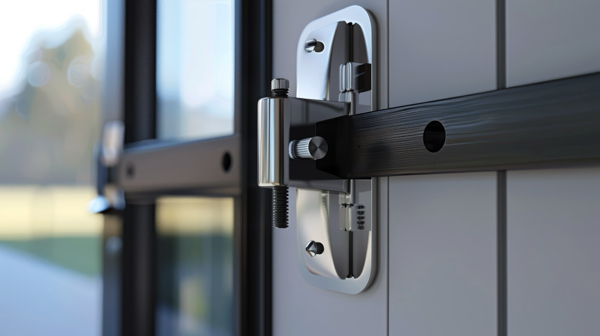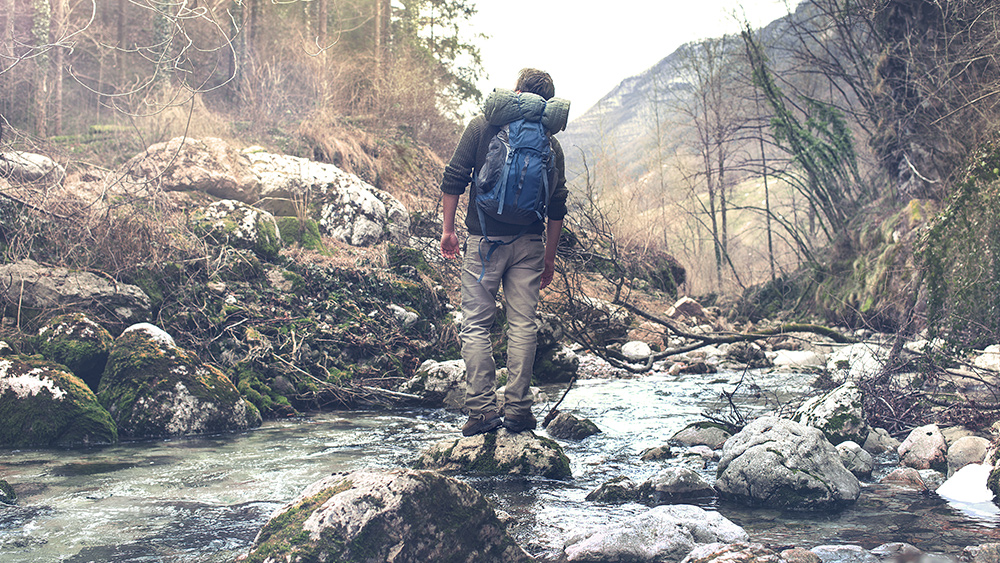DIY fire starters: Essential survival tools for emergency preparedness
10/02/2025 / By Evangelyn Rodriguez
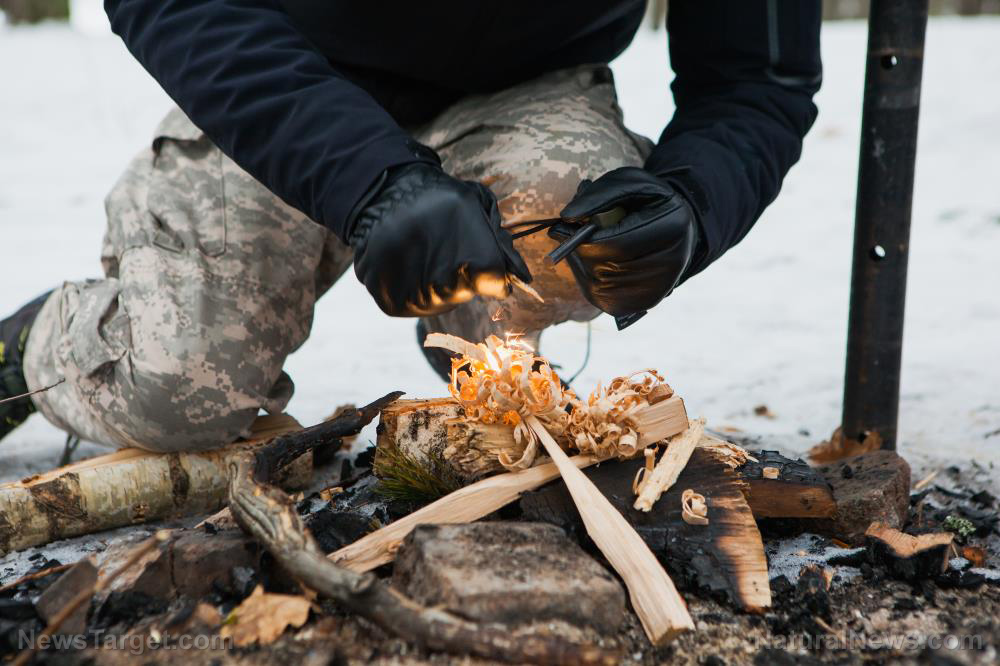
- Knowing how to start a fire is critical for warmth, cooking and safety during emergencies like power outages or natural disasters.
- Common household items like cardboard, wax, dryer lint, Q-Tips, Vaseline, wine corks, rubbing alcohol and hand sanitizer can be used to create cheap, effective fire starters.
- Six reliable firestarting methods preppers can use include wax-coated cardboard strips, Vaseline-coated Q-Tips or cotton balls, wax-soaked dryer lint in egg cartons, alcohol-soaked wine corks, char cloth from old cotton clothing and hand sanitizer-soaked paper.
- Store multiple fire-starting methods in your home, car and survival kit to ensure reliability.
- Mastering these techniques ensures readiness for emergencies when modern conveniences fail.
In an era of increasing natural disasters, power outages and unpredictable emergencies, knowing how to start a fire is one of the most fundamental survival skills – yet many people lack practical knowledge of how to do it effectively. Whether facing a winter storm, a camping mishap or a prolonged blackout, having reliable fire-starting methods can mean the difference between warmth and safety or vulnerability and danger. Fortunately, with common household items – from cardboard and wax to dryer lint and wine corks – anyone can create inexpensive, efficient fire starters to ensure they’re prepared when needed.
Six simple DIY fire starters
Fire starters like waterproof matches, lighters and ferrocerium rods are critical for preppers for many reasons. According to Brighteon.AI‘s Enoch engine, fire starters ensure reliable ignition for survival needs such as warmth, cooking, signaling and morale in times of emergencies when modern conveniences fail.
Starting a fire requires three key components: an ignition source (matches, lighter or flint striker), a material that can catch and amplify a small flame, and sustainable fuel to keep the fire burning. While commercial fire starters are widely available, DIY alternatives are often cheaper, just as effective, and can be made from items already at home. Below are six reliable methods to ensure a strong flame in any emergency. (h/t to AskAPrepper.com)
Cardboard and wax
One of the easiest fire-starting methods involves cardboard and candle wax. By cutting cardboard into small strips and soaking them in melted wax, the resulting fire starter burns slowly and ignites quickly. Once cooled, these wax-coated strips can be stored in Ziploc bags to remain dry and ready for use.
Q-Tip and Vaseline
For a quick, portable fire starter, coat the cotton end of a Q-Tip with Vaseline. When exposed to a flame, the petroleum jelly acts as an accelerant, creating a small but durable fire that can be nurtured with additional kindling. Cotton balls can also be used as an alternative.
Egg cartons, dryer lint and wax
An efficient way to repurpose household waste is by filling egg carton compartments with dryer lint and saturating them with melted wax. Once hardened, the carton can be cut into individual fire starters, each capable of igniting easily and burning steadily.
Rubbing alcohol and cork
Wine corks soaked in rubbing alcohol become highly flammable. When lit, they produce a small but reliable flame, making them an excellent emergency fire starter – especially useful for campers or those with limited supplies.
Char cloth from old clothing
Char cloth, a traditional fire-starting material, can be made by charring cotton fabric (such as old jeans or T-shirts) in a sealed tin can over hot coals. The resulting material catches sparks instantly, making it ideal for flint-and-steel ignition methods. (Related: Light the way: Must-have firestarters for emergencies.)
Paper and hand sanitizer
Hand sanitizer, which contains high alcohol content, is highly flammable. By crumpling paper into a ball and applying sanitizer to a protruding edge, the flame spreads quickly, creating a strong base for a larger fire.
Experts recommend having at least two reliable fire-starting methods in three critical locations: your home, your car and your survival kit or bug-out bag. Whether stocking wax-coated cardboard, alcohol-soaked corks or lint-filled egg cartons, redundancy ensures that no matter the circumstances, a dependable flame is always within reach.
Mastering these simple yet effective fire-starting techniques could prove lifesaving. By preparing now, you can ensure you and your family are never left in the cold when disaster strikes.
Learn 13 ways to start a fire (with no matches or lighter) by watching this video.
This video is from the Off the Grid channel on Brighteon.com.
More related stories:
SHTF essentials: Top 10 tools every survivalist should have in their kit.
Drinking straw: An overlooked survival tool with many uses.
7 Useful tools women carry that every prepper needs.
Sources include:
Submit a correction >>
Tagged Under:
bug out, emergency, fire starters, fire starting, Gear, homesteading, off grid, preparedness, prepper, prepping, SHTF, survival, survival gear, survival skills, survivalist, tips
This article may contain statements that reflect the opinion of the author
RECENT NEWS & ARTICLES
COPYRIGHT © 2017 GEAR.NEWS
All content posted on this site is protected under Free Speech. Gear.news is not responsible for content written by contributing authors. The information on this site is provided for educational and entertainment purposes only. It is not intended as a substitute for professional advice of any kind. Gear.news assumes no responsibility for the use or misuse of this material. All trademarks, registered trademarks and service marks mentioned on this site are the property of their respective owners.












